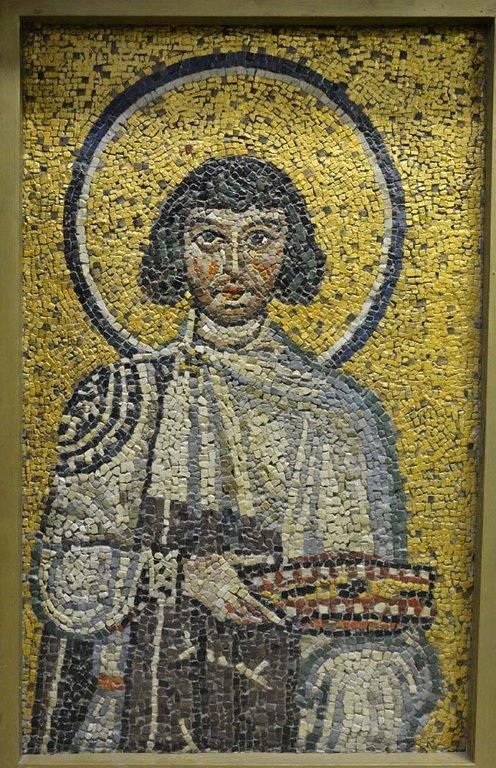Thirty-Seven Casts of the mosaics from St. Mary Major and the Lateran Baptistery
USD $78,113
Description
The 37 casts made out of painted plaster, which belong to the Vatican Museums, were created during the 1930s and 1940s as a result of the restoration works begun in St. Mary Major and St. John in Lateran during the pontificate of Pius XI (1922-1939).
These plaster casts marked the beginning of new orientation and technical experimentation approach to the study of mosaics.
In fact, the casts, as testimonies of the three-dimensionality of the original artifacts, allow us to acknowledge the innovative technical aspects while documenting the preservation status of the mosaics prior to modern integrations.
The majority of the casts were the result of a meticulous work of copying from the original mosaics in the Basilica of St. Mary Major, both from the mosaics cycle of Sisto III (432-440) and from the medieval decorations of the apse and front; the first made by Jacopo Torriti and the second by Filippo Rusuti.
As far as it concerns the Baptistery of St. John in Lateran, the casts were made out from the mosaics of the lobby of Sisto III and from the decorations of the chapel of San Venanzio, created by the Popes John IV (640-642) and Teodoro (642-648), for the safekeeping of the remains of the saint martyrs of Salona. Other interesting pieces involve technical details of the walls pertaining to the two ancient buildings, which were discovered during the restorations.
State of Preservation
Today, over 80 years after their discovery, the historical, didactic, and aesthetic value of these unique works finds itself newly recognized in the recent rearrangement of some of them within the Pius Christian Museum, home of the Vatican Museum’s Christian Antiquities.
These restoration efforts will be conducted in collaboration with the Vatican Museum, the Mosaic Museum in Ravenna, and the Papal Basilica of St. Mary Major. Proceeding with these conservation efforts will prove to be a very important research project for the study, preservation, and promotion of these precious artifacts.
Restoration Procedures
Photographic documentation of the current preservation status
Prevention and removal of any traces of decay
Specific biocide treatments
Treatments for the metallic elements subject to corrosion
Structural reparations of inner metallic structure and wooden supports
Removal of superficial dirt and films
Integrations of the fractures
Re-attachment of the detachments
Restoration of the frames

